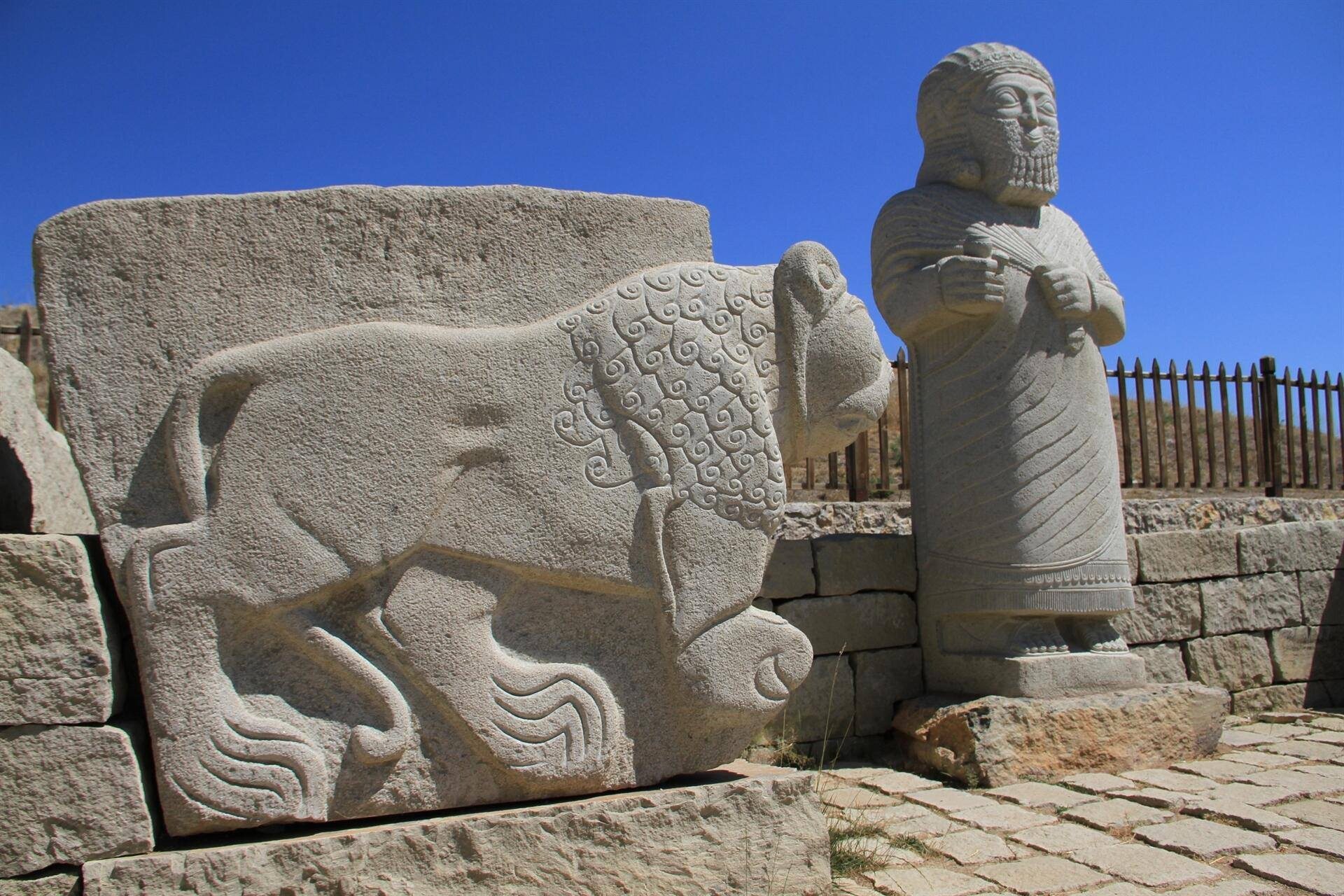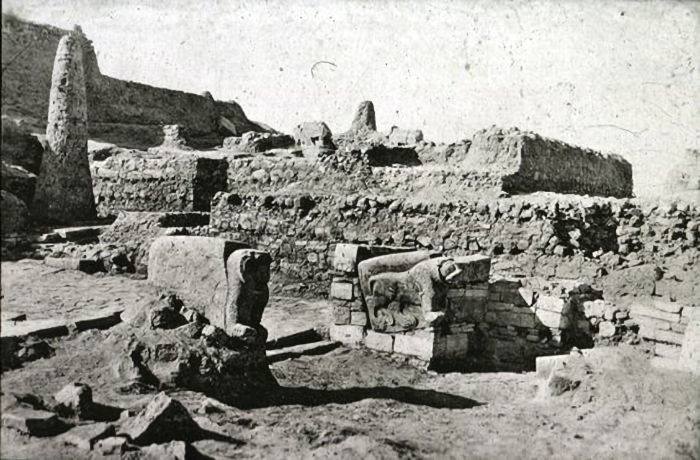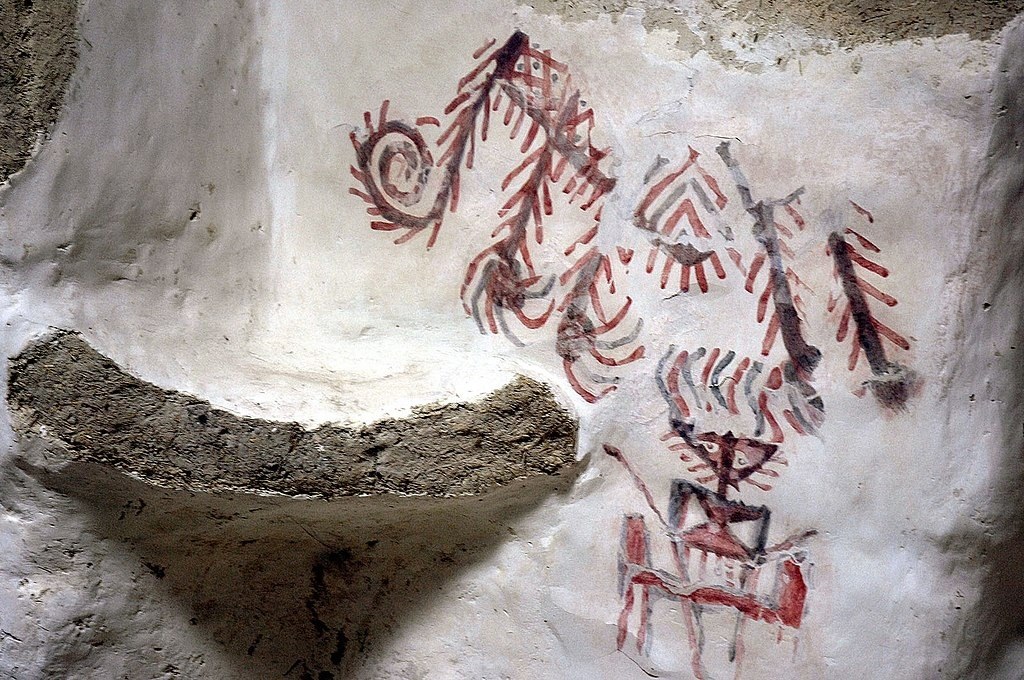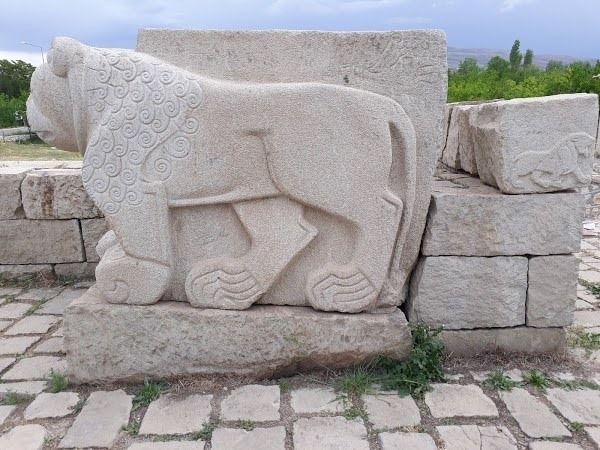The most prominent period of Arslantepe was in the Late Chalcolithic period, when the so-called palace complex was constructed
Arslantepe, the first city-state of Anatolia.
Arslantepe, a 30 m high mound located around 7 km east of Malatya (Türkiye) and 12 km south-west of the Euphrates River, is home to remains found in layers dating from 5000 BC to the 11th century.
Particularly, the finds in the layers dating to 3000 BC brought to light the early traces of the development of humanity as a complex social organization, establishing a state, before the era of written documents.
The palace structure and many seals unearthed in Arslantepe, dated to 3300-3000 BC, proved that Arslantepe was an administrative and commercial center. According to Hittite sources, the city was called Malitiya/Melid at that time.
The most prominent period of Arslantepe was in the Late Chalcolithic period, when the so-called palace complex was constructed. The corridor walls of the palace are decorated with print motifs and wall paintings. The presence of a large number of stamps in various parts of the building reveals the intensity of administrative activities and the large number of officials working.
Among the remarkable artifacts displayed in the Malatya Museum are, also, the world’s oldest swords and spearheads found together in the Old Bronze Age (3200-3000 BC) layer. With their matchless forms and production techniques for their period, these artifacts, made of arsenic alloy and some of them inlaid with silver, are quite outstanding from an archaeological viewpoint.
A structure – probably temple – had colorful figures depicting power and engraved relief plates on its walls. Numerous pottery and also pottery similar to Mesopotamia are among the artifacts unearthed.
Arslantepe (arslan=lion and tepe=hill) gets its name from the lion statues excavated at the location. Its Lion Gate and the courtyard were decorated with numerous orthostats.
Hits: 0






